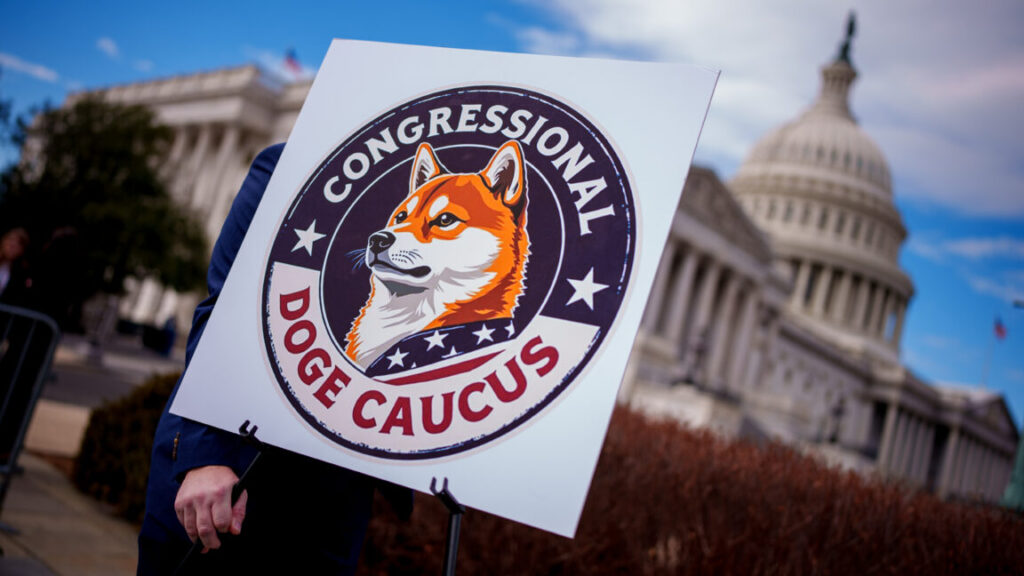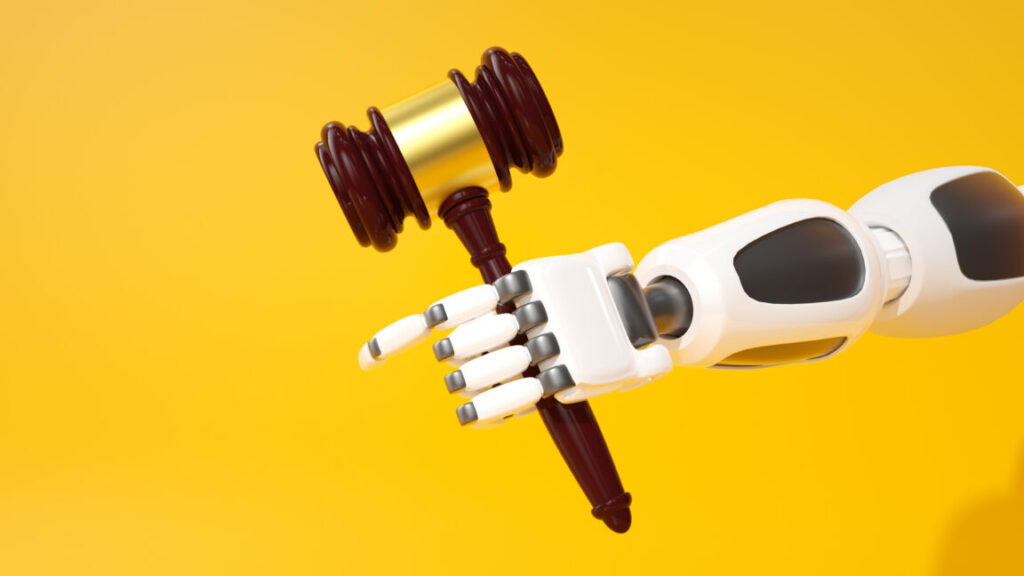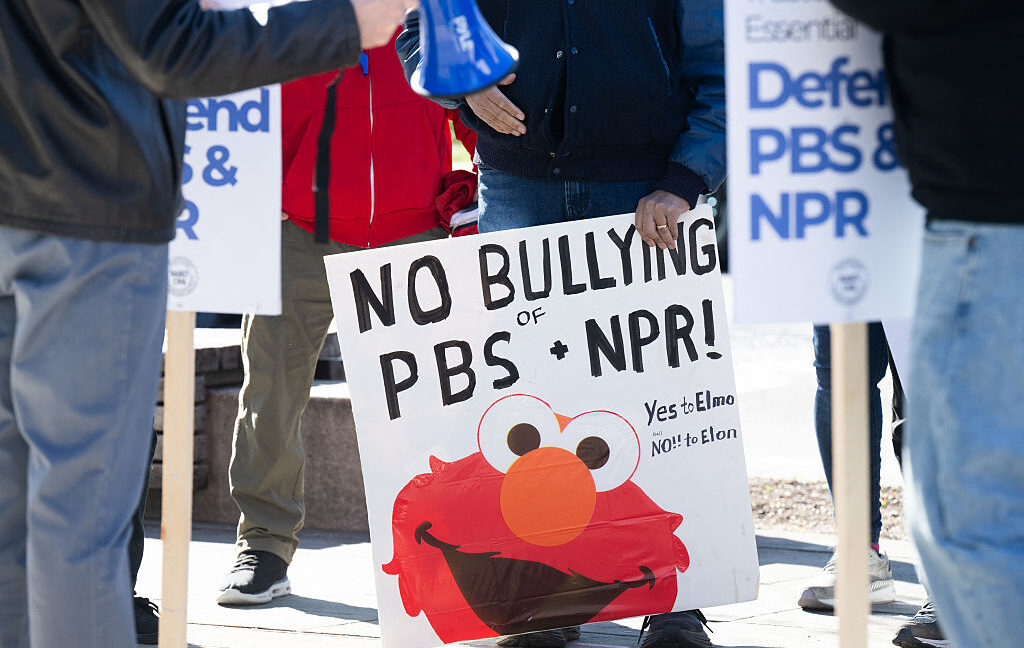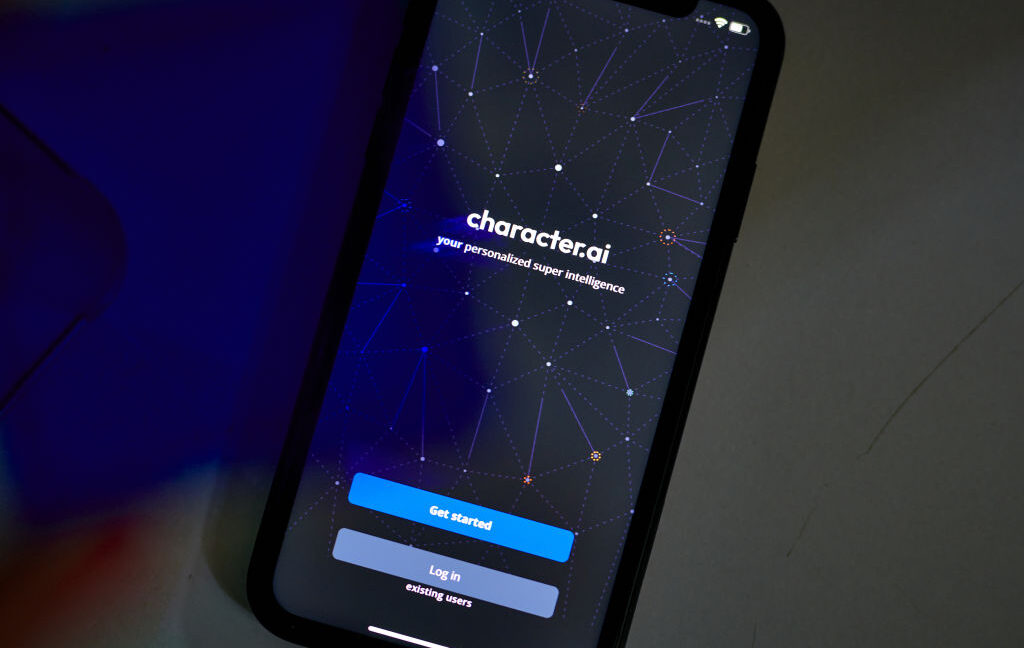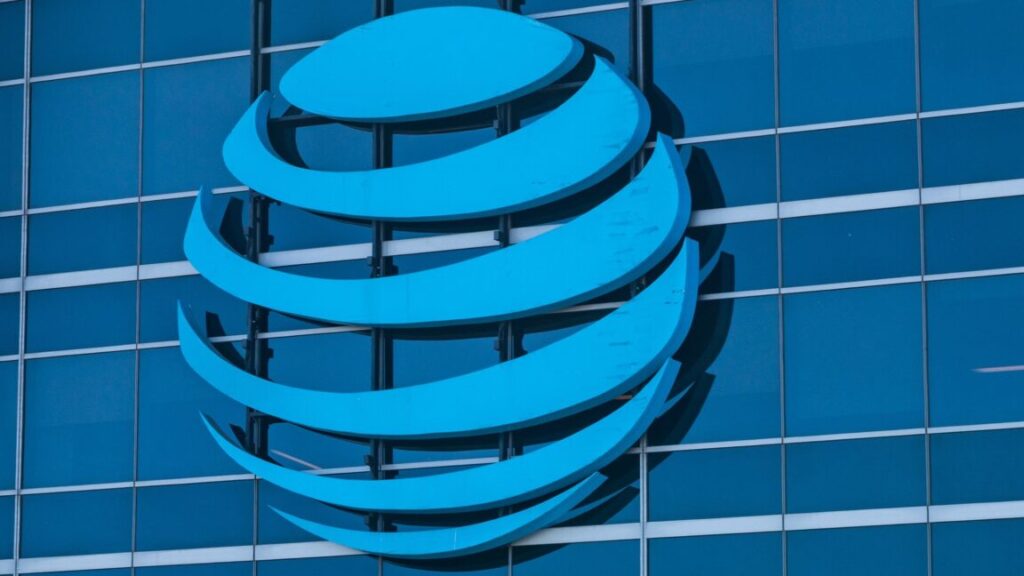Trump and DOJ try to spring former county clerk Tina Peters from prison
President Donald Trump is demanding the release of Tina Peters, a former election official who parroted Trump’s 2020 election conspiracy theories and is serving nine years in prison for compromising the security of election equipment.
In a post on Truth Social last night, Trump wrote that “Radical Left Colorado Attorney General Phil Weiser ignores Illegals committing Violent Crimes like Rape and Murder in his State and, instead, jailed Tina Peters, a 69-year-old Gold Star mother who worked to expose and document Democrat Election Fraud. Tina is an innocent Political Prisoner being horribly and unjustly punished in the form of Cruel and Unusual Punishment.”
Trump said he is “directing the Department of Justice to take all necessary action to help secure the release of this ‘hostage’ being held in a Colorado prison by the Democrats, for political reasons.”
The former Mesa County clerk was indicted in March 2022 on charges related to the leak of voting-system BIOS passwords and other confidential information. Peters was convicted in August 2024 and later sentenced in a Colorado state court.
“Your lies are well-documented and these convictions are serious,” 21st Judicial District Judge Matthew Barrett told Peters at her October 2024 sentencing. “I am convinced you would do it all over again. You are as defiant a defendant as this court has ever seen.”
DOJ reviews case for “abuse” of process
After Peters’ August 2024 conviction, Colorado Secretary of State Jena Griswold said that “Tina Peters willfully compromised her own election equipment trying to prove Trump’s big lie.”
Peters appealed her conviction in a Colorado appeals court and separately sought relief in US District Court for the District of Colorado. She asked the federal court to order her release on bond while the state court system handles her appeal and said her health has deteriorated while being incarcerated.
Trump’s Justice Department submitted a filing on Peters’ behalf in March, saying the US has concerns about “the exceptionally lengthy sentence imposed relative to the conduct at issue, the First Amendment implications of the trial court’s October 2024 assertions relating to Ms. Peters, and whether Colorado’s denial of bail pending appeal was arbitrary or unreasonable under the Eighth and Fourteenth Amendments.”
Trump and DOJ try to spring former county clerk Tina Peters from prison Read More »



